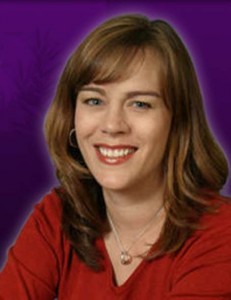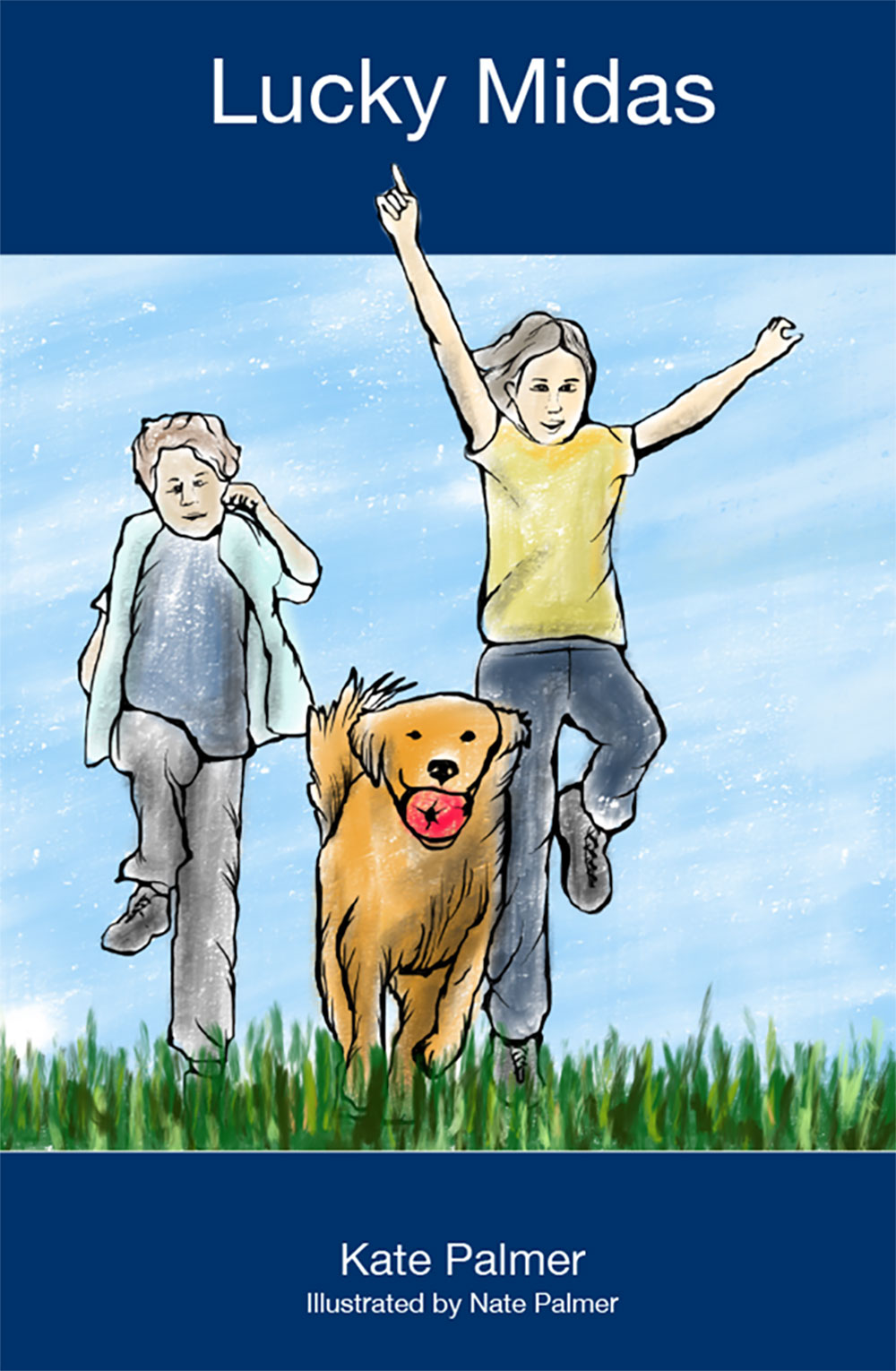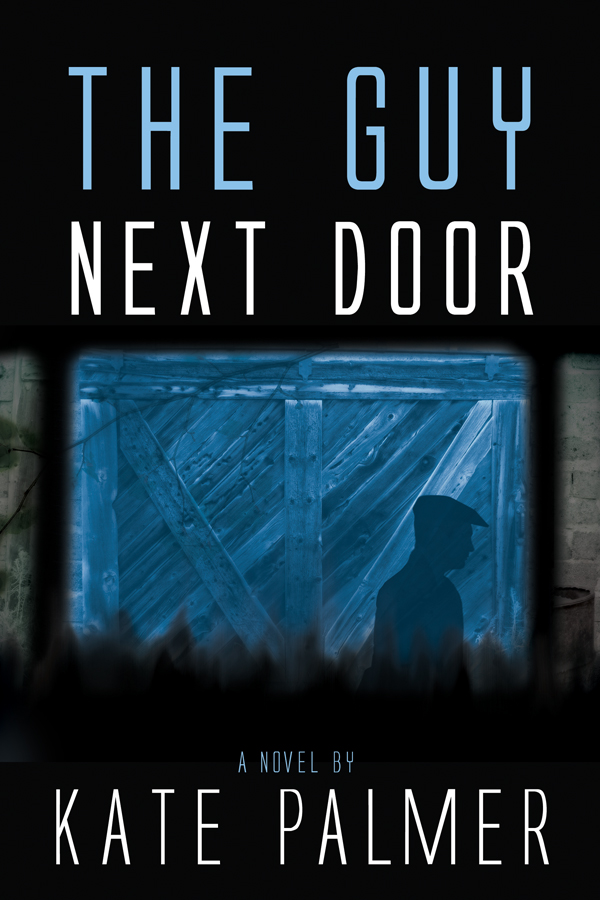
Last January I tagged along with my husband to his business conference in Provo so I could do some clearance shopping. On my second day there I browsed a Deseret Book store without any children. For the first time in ten years, I was free to read the back cover of any book I chose. It was there that I first picked up Abinadi by H.B. Moore. That brief synopsis renewed my interest in historical fiction. It used to be all I read.
Later that year I met Heather (H.B. Moore) at the BYU Publishers Fair and learned about Precision Editing Group; a business she runs with four other authors. From there I found their blog Writing on the Wall where I read nearly every post. Next, I discovered Heather’s personal blog My Writer’s Lair. When she posted on her blog that she was giving away copies of her newest book Alma to bloggers willing to write a review, I volunteered–with conditions. I said I’d prefer to do an interview and she agreed! So thank you Heather for being a guest today.
Heather weaves fictional and historical characters together in a way that keeps you turning the pages even though you know how the story ends.
 Kate: In your book Alma, you help set the scene for readers with descriptions of food and clothing, especially capes. You also refer to their homes as huts. Which part of researching ALMA was the most personally interesting to you? Were there any facts, symbols, or themes that you would have liked to include, but they just didn’t make it into the story?
Kate: In your book Alma, you help set the scene for readers with descriptions of food and clothing, especially capes. You also refer to their homes as huts. Which part of researching ALMA was the most personally interesting to you? Were there any facts, symbols, or themes that you would have liked to include, but they just didn’t make it into the story?
Heather: I found it very interesting that Amulon was able to track down Alma (through the Lamanites), and eventually rule over the people of Alma. Talk about full circle, it was as if Alma could never get away from the wicked priest. I also found it interesting that Helam is obviously an important person toAlma, yet we don’t know his relationship. In my books, he is the brother to Abinadi, but in the scriptures all we know is that he was one of the first to be baptized in the Waters of Mormon, and later the land of Helam and city of Helam were named after him.
One of the challenges of writing a novel based on a historical time period, is that I can’t explore every avenue or character. My son asked if I was going to write a book about Limhi—and I told him no. But his story would make a great novel.
Kate: I agree. I really liked your characterization of Limhi and I’d read more about him. I also liked how your choice of fictional characters set up the story in so many different places, yet eventually all tied back to Alma. If readers would like to read up on Book of Mormon history, are there any books you would recommend?
Heather: Hugh Nibley has published quite a bit on the Book of Mormon—you’ll learn more than you ever wanted to know by reading his works. Others include publications put out by the Neal A Maxwell foundation (formerly FARMS), John Sorenson, S. Kent Brown, and various scholars. I always include a bibliography in the backs of my books. There is also an interesting documentary film called Journey of Faith that details Lehi’s trail.
Kate: I might have to track down that film. It sounds interesting. Some of your viewpoint characters are real people from the Book of Mormon. How or why did you choose to do that? Can you take us through your thought process?
Heather: Other authors shy away from writing POV characters that are actual persons in history. There is still plenty of value from doing that, but I wanted to write in a very direct form. I didn’t want to write about a family who was Nephi’s neighbor, or a family who was cousin to Abinadi, or a best-friend with Alma. I wanted to write about the actual prophets. When I’m drafting, I review the entire story line and choose 3-4 POV characters. The main character, of course, in Alma is Alma the Elder. Then I decided to have Amulon as a POV character, even though he is the antagonist, because he is in so much of the story and what happens with him is off-stage most of the time from what happens to Alma. One of my “formulas” is to choose a POV female character as well. Since we know very little about the women in the Book of Mormon, this character is obviously created just for the storyline. In Alma, two women made it into the final cut. So I have a total of 4 POV characters, 2 from the actual scriptural text, the other two as supporting cast.
For me, personally, to read a book through a historical figure’s POV, I feel drawn deeper into their world. The experience becomes more intimate and personal, and even though I know it’s fiction based on history, as a reader (and writer) I’m able to experience the emotions more fully.
Kate: I was surprised that Abinadi and Alma were viewpoint characters. It was completely unexpected. I don’t know why since the books are titled Abinadi and Alma. What are you reading right now?
Heather: I just finished reading “The Historian” by Elisabeth Kostova. It’s a novel based on the history of Dracula—very interesting from a historical standpoint. I also just finished reading “Christmas Jars Reunion” by Jason F. Wright, great story and message. Dan Brown’s “The Lost Symbol” is next on my reading list, along with several dozen other books!
Kate: The Historian sounds quite fitting for this time of year. What are your favorite books to give — and get — as gifts?
Heather: I love historical stories like “The Hotel on the Corner of Bitter and Sweet” by Jamie Ford and I read a lot of LDS authors. I give those a lot as gifts because I believe in supporting my industry, plus a new book is always coming out so it’s the perfect gift.
Kate: Jamie Ford’s book is on my to read list. Many writers describe themselves as character or plot writers. Which are you?
Heather: I’ve made a bit of a shift. I started out as mostly plot writing, but now I am mostly a character writer, although the plot stays pretty strong. But the questions I ask when I’m making decisions on a book are about the character arc—how will this character grow from point A to B? And part of that growth takes place through plot, but most of it through the character’s internal conflict, adding in the character’s reactions to the plot elements.
Kate: What do you find to be the hardest part of writing?
Heather: Staying motivated when there are so many other distractions. When I’m writing, I love it, but it’s hard to sit down and do it when you feel pressured to meet a deadline.
Kate: What do you consider your strengths and weaknesses as a writer?
Heather: I am a multi-drafter, which means that I don’t have a tight outline to work from. Even though my current published works are based on an already established outline in the scriptures, I still start out without knowing exactly where I am going. This can be a strength in keeping it fresh, but a weakness of writing myself into a corner. I am also easily swayed, meaning that someone might make a small suggestion to me about a plot element or character, and I’ll say “that’s a good idea” and it pops up in the book.
Kate: What are your goals for the future?
Keep writing 1-2 books a year. Keep publishing. Travel a lot more—now that my kids are getting older.
Kate: I read that you have a book you are submitting to the national market. What can you tell us about it?
Heather: Yes, I’ve written an international thriller based on the hunt for the Queen of Sheba’s tomb. It’s a modern-day treasure hunt, so to speak, but the reader also learns about the life of Queen Nicaula through her own eyes. I have an agent who is “shopping” for publishers. I plan to write a sequel that will uncover some mysteries surrounding the Egyptian King, Ramses II, and the book of the dead.
Kate: That sounds intriguing and like you did a lot of research. You have a nonfiction book being released next year about women in the Book of Mormon. How many women do you spotlight? How did you do research for this book? Is there an overarching theme to the book?
Heather: My non-fiction book is titled Women of the Book of Mormon. I have twelve chapters, highlighting twelve women found in the Book of Mormon. The research was very slow. For example, I found about two sentences in a published LDS encyclopedia about one of the women. Not helpful at all. Again I turned to my trusted sources: FARMS journals, Hugh Nibley, various scholars who wrote about the prophets and hinted about the women in their lives. The theme of the book is that the women, while in the background for most of the stories, had a tremendous influence on the lives of our great Book of Mormon prophets.
Kate: I’m so curious who the twelve women are. Besides reading and writing, what do you like to do?
Heather: My kids all play sports, and they are into drama (musical theater), so it’s a lot of fun for me to watch them in their activities. I always have a book in the car so that I can snatch reading time when I’m waiting for a practice to get over, or we have to be 30 minutes early to a game. I also enjoy sewing and making jewelry as well.
 Kate: Thanks for the interview. I enjoyed learning more about you. Good luck with your future books.
Kate: Thanks for the interview. I enjoyed learning more about you. Good luck with your future books.




Thanks for the interview, Kate! You have a beautiful website 🙂